Nestled in the heart of Quebec’s winter wonderland, the iconic Hôtel de Glace stands as a testament to human ingenuity and nature’s artistry. This ephemeral masterpiece, rebuilt annually from 500 tons of ice and 40,000 tons of snow, captivates visitors with its shimmering corridors and sub-zero elegance. Yet behind its frosty allure lies a fascinating scientific challenge: maintaining a stable, survivable environment in a structure where the walls themselves are frozen. The hotel’s—a delicate dance between thermodynamics, insulation, and human comfort—reveals a story far more complex than its crystalline facade suggests.
The first hurdle is the sheer physics of ice. Unlike conventional buildings, where walls buffer external temperatures, the Hôtel de Glace’s 15,000 snow blocks and 2,000 ice blocks are both structure and thermal conductors. At -5°C (23°F) exterior temperatures, interior spaces can plummet to -3°C (27°F)—a range inhospitable to guests expecting a magical (not hypothermic) experience. The solution? A multi-layered approach. Architects sculpt the snow walls to precisely 1.2 meters thick, creating a natural insulating barrier that slows heat transfer. This thickness, refined over 20 years of iterations, allows body heat and supplemental warmth from lighting to accumulate gently, stabilizing sleeping quarters at a bearable -2°C to -3°C.
Human factors engineering plays an equally critical role. Each of the hotel’s 44 themed suites features raised ice platforms topped with wooden slats and Arctic-grade sleeping bags rated to -30°C (-22°F). "Cold isn’t the enemy—dampness is," explains head designer Samuel Gagnon. "By elevating beds and using breathable materials, we prevent condensation from melting the ice beneath guests." This attention to microclimates extends to common areas: the vodka ice bar’s countertops are chilled by hidden glycol loops, while the grand hall’s vaulted ceiling incorporates strategic air gaps to minimize radiant heat loss.
Perhaps the most counterintuitive tactic is the hotel’s controlled ventilation system. Unlike airtight modern buildings, the structure employs carefully placed vents to allow warm, moist air to escape. "One sleeping adult exhales about 40 grams of water vapor hourly," notes thermal engineer Élodie Tremblay. "Without ventilation, that humidity would condense on walls, accelerating melt." Computer models determine optimal vent placements—often near cathedral-like ice chandeliers where rising warm air naturally collects.
The hotel’s transience adds another layer of complexity. As outdoor temperatures fluctuate between December and March, the building ‘breathes’ structurally. A week of -25°C (-13°F) weather causes ice to contract, requiring artisans to fill new cracks with snow slurry. Conversely, a -2°C (28°F) afternoon might soften surfaces, prompting staff to scrape and recarve details. This real-time maintenance, performed daily with laser thermometers and chisels, keeps the hotel photogenically intact while subtly adjusting its thermal mass.
Emerging technologies are now pushing boundaries. Recent trials with aerogel-infused snow bricks (originally developed for Mars habitats) showed a 15% improvement in insulation without compromising translucency. Meanwhile, Quebec’s Laval University collaborates on phase-change materials—wax microcapsules embedded in ice that absorb excess heat during daytime and release it at night. "We’re borrowing from Inuit knowledge and space-age science simultaneously," says Gagnon, pointing to the hotel’s experimental igloo-style annex with 3D-printed ice lattice walls for improved airflow.
Ultimately, the Hôtel de Glace’s thermal strategy mirrors its philosophical essence: embracing impermanence while innovating relentlessly. As climate patterns shift, its team already plans for warmer winters—exploring techniques like underground ice storage from previous years and solar-powered cooling tubes. What began as a whimsical artistic venture now pioneers cryogenic architecture, proving that even in melting point conditions, human creativity can build resilience one snowflake at a time.

By /Jun 5, 2025

By /Jun 5, 2025

By /Jun 5, 2025
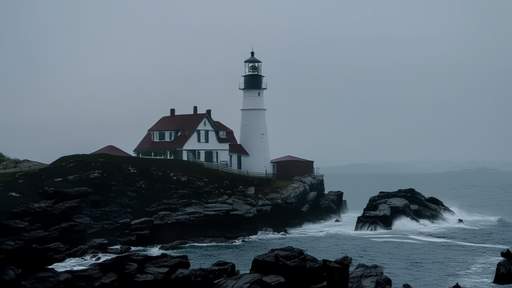
By /Jun 5, 2025

By /Jun 5, 2025

By /Jun 5, 2025

By /Jun 5, 2025
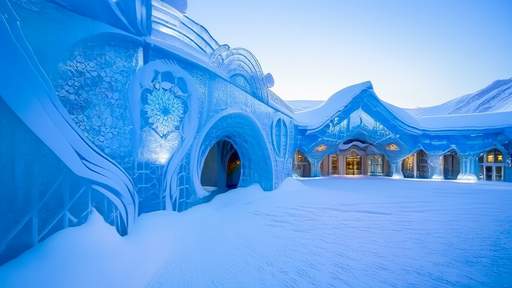
By /Jun 5, 2025

By /Jun 5, 2025

By /Jun 5, 2025

By /Jun 5, 2025
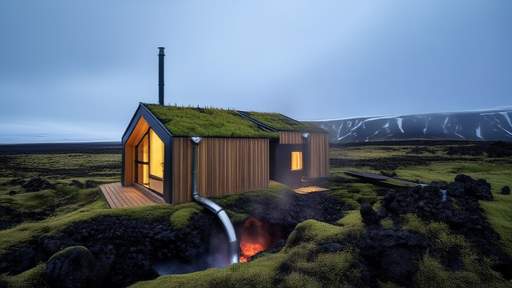
By /Jun 5, 2025
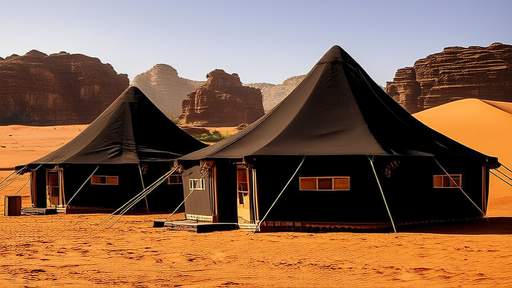
By /Jun 5, 2025
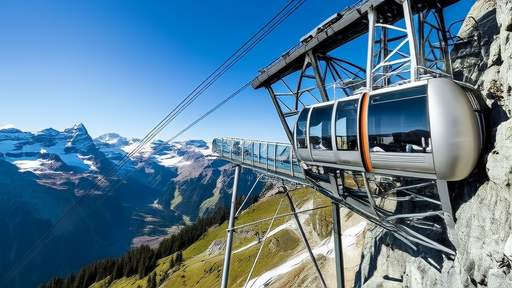
By /Jun 5, 2025
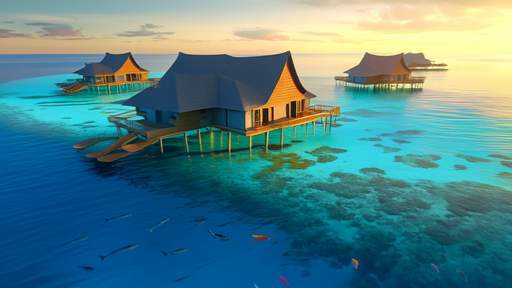
By /Jun 5, 2025
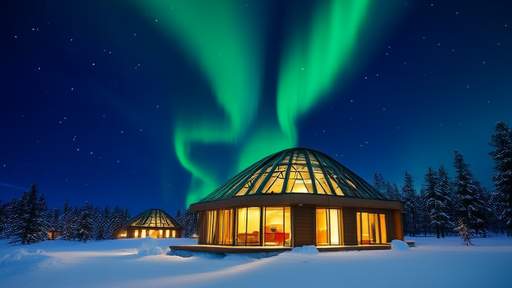
By /Jun 5, 2025

By /Jun 5, 2025

By /Jun 5, 2025

By /Jun 5, 2025
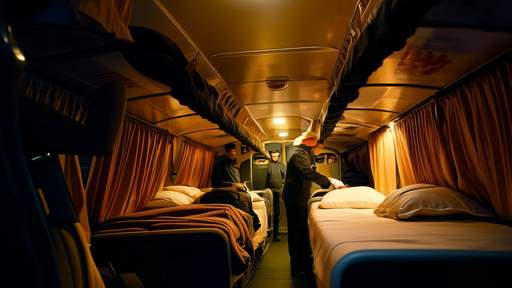
By /Jun 5, 2025